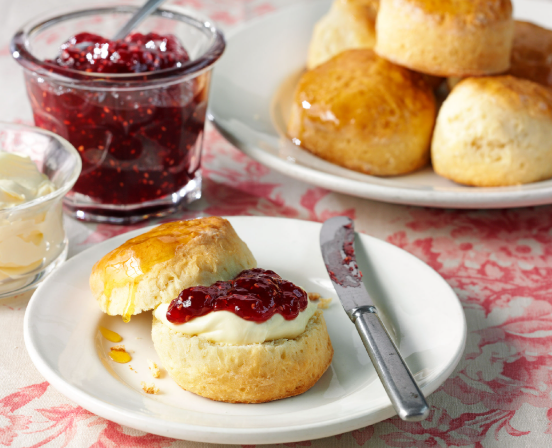Tea remains one of the most popular beverages in the British Isles. Only introduced in the 17th century, it has since become the nation's staple.
It is not only a hot drink, taken with milk and sugar, or pure; it is a tradition, a philosophy, a lifestyle. As a matter of fact, coffee has become well-loved over recent decades; even so, tea remains at the centre of everyday life in the UK.
Up to three cups a day are consumed by the average Brit, and the beverage structures people's days, starting with a hearty cup of English Breakfast tea, continuing with a cup at the elevenses, the mid-morning snack, and finally making it into the main afternoon meal.
For the working classes, 'tea' or 'high tea' is the main meal of the day, taken after 5 o'clock when shops and workshops have closed for the evening.
And the upper classes have made their teatime in the afternoon a special occasion. Afternoon tea is among these great British traditions, introduced by the 7th Duchess of Bedford in the early 1800s. Actually a small meal, taken between lunch and dinner, it consists of sweet snacks such as cakes and tarts, savoury snacks such as sandwiches, and scones, of course, which are eaten with jam, marmalade and clotted cream.
Common treats taken with tea are:
Classic Victoria Sponge Cake
Scones: made of wheat flour or oatmeal, and baking powder, consumed with fruit preserve and clotted cream














No comments:
Post a Comment